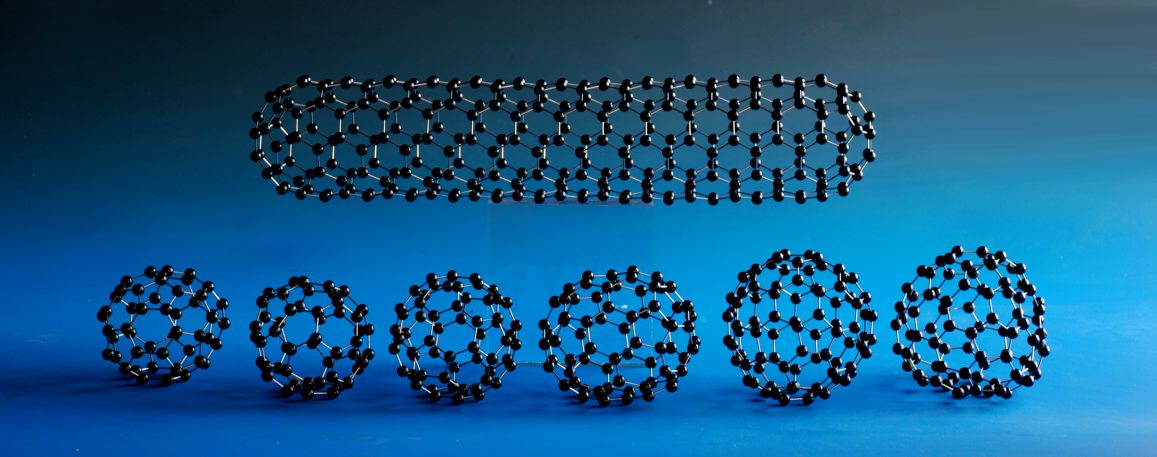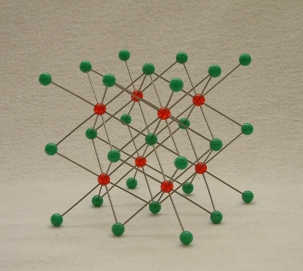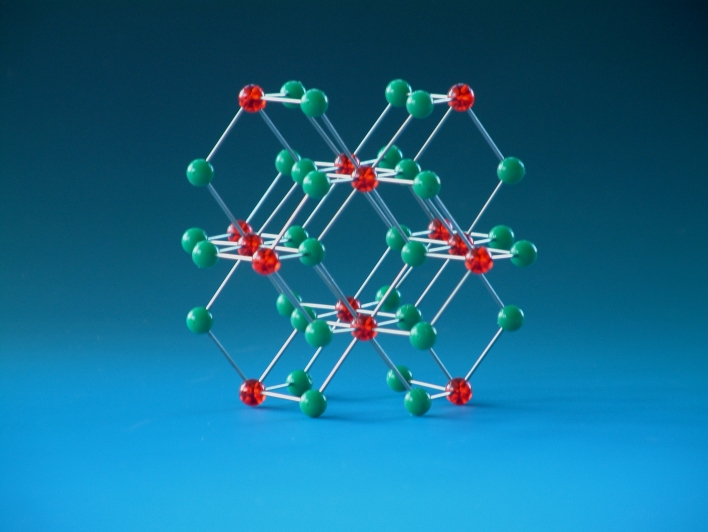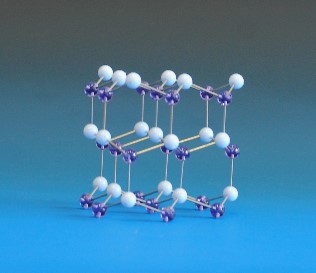
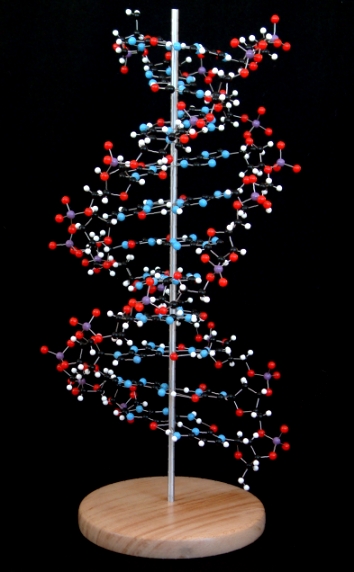



Molecular models are invaluable teaching aids for illustrating structural relationships to students. Not only are they excellent aids to the teacher in conveying structural concepts, they actively engage the students in the learning experience. Students can work together in groups, with educators or teaching assistants, or by themselves, and be actively involved in an exciting learning and comprehension process. More importantly, they work as educational tools: studies have demonstrated that, for example, students using ball and stick models score significantly higher when tested on isomeric identification as compared to those that rely on two-dimensional representations.
Our standard (Beevers™) molecular models and crystal structure models are built at a scale of 1cm=1A, which fortuitously generates models of a size that is ideal for use by individuals or small groups, without the need for large storage areas when not in use. They provide very clear illustrations of the structures and concepts that are being taught, and, because they are constructed to scale, allow students to appreciate the differences between materials of the same, or differing, structures.
Unlike conventional molecular model kits, unless otherwise requested by the customer, all the models that we make using any particular scheme are made to a consistent scale. That means that students get to appreciate the sometimes huge difference in size between, for example, a diamond unit cell and a caesium chloride unit cell - conventional models with fixed bond lengths show diamond with a unit cell edge twice the size of CsCl. Our models accurately show that the diamond unit cell edge length is actually more than 10% smaller than that of CsCl
